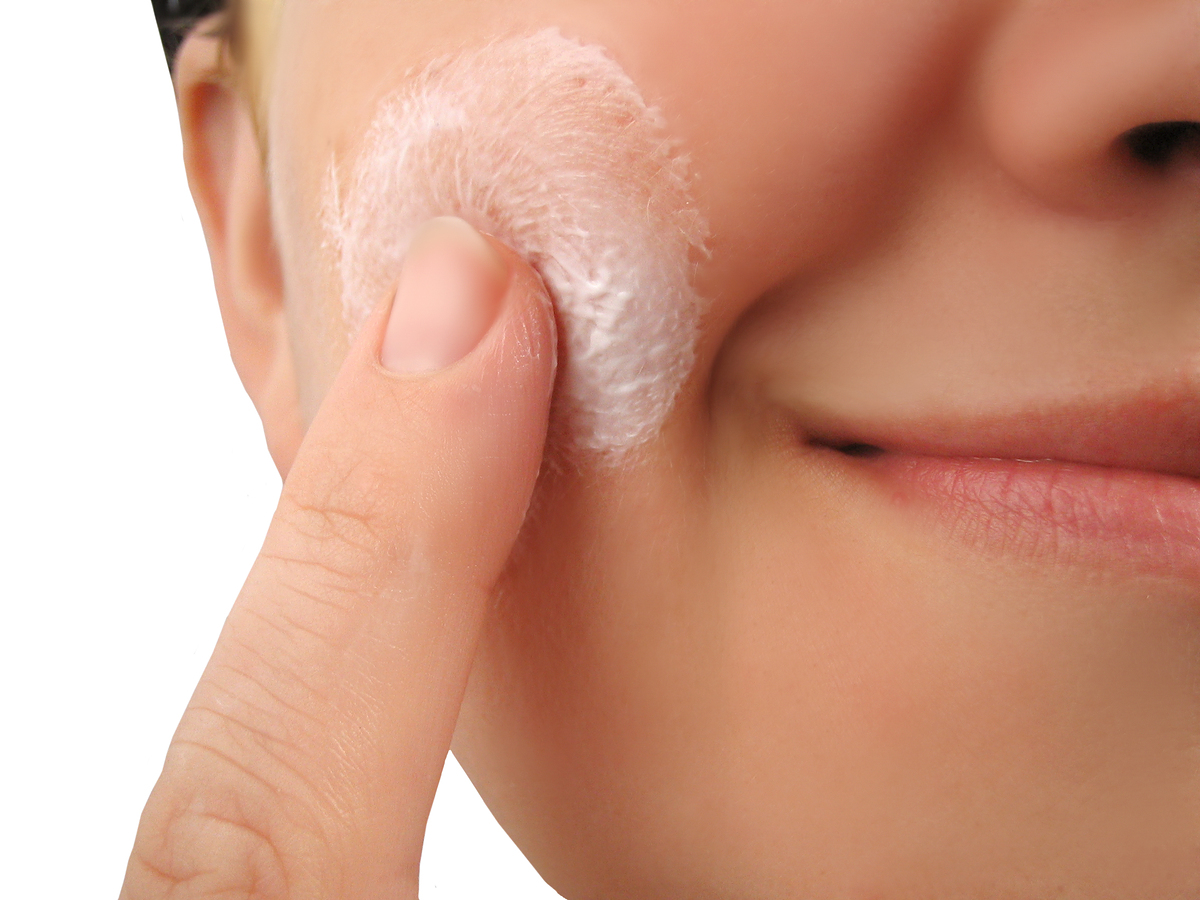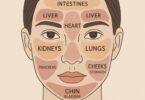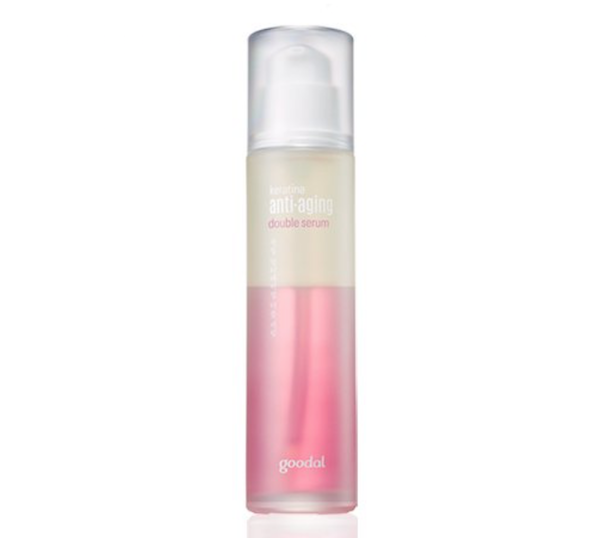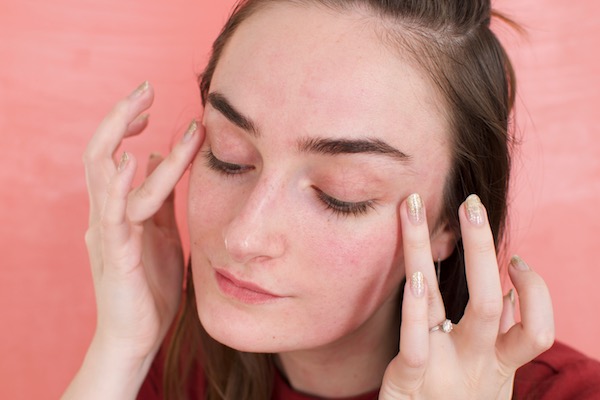Eight eczema symptoms you should be on the lookout for
Eczema, also known as atopic dermatitis, is a surprisingly common skin problem. It’s estimated that over 30 million Americans suffer from eczema (and yes, even infant eczema exists). It doesn’t matter if you’re an adult, a teenager, a child, or an infant—eczema comes to all.
We’re all familiar with the most common of the eczema symptoms: the dreaded rash. But did you know that a rash isn’t the only sign you’ve got eczema? In fact, there are a lot of eczema symptoms you may not have known. Below is a list of all the signs of eczema to look out for:
- Patches of chronically itchy skin – This skin will usually form on the hands, legs, arms, neck, or face. In children, the itching will usually be worst around their knees and elbows. The worst part is that scratching the itch will only make things more serious.
- Patches of dry skin – This goes beyond the normal dryness you experience on a daily basis. The skin may become so dry that it will crack, possibly even bleeding (if not blood, then clear fluid known as plasma).
- Patches of thickened skin – Skin infected by eczema will not just become rashy, but it will actually grow thicker. It may feel like scales are forming on the skin, and it can become stiff and make movement difficult.
- Patches of reddened skin – Redness is one of the cardinal signs of injury, and it’s definitely one of the eczema symptoms to keep an eye out for. Almost every eczema rash is accompanied by redness.

READ MORE: Beauty Spotting: 3 Ways To Be Nice to Your Skin
- Patches of dark colored skin – Discoloration is a nasty side effect of the eczema. It’s often the result of pigmentation problems. The skin is unable to properly distribute the melanin it produces, so the pigment cells may clump together.
- Patches of oozing and/or crusting – While the skin may never fully bleed, it may ooze a lot of plasma. This clear fluid will form a hardened yellow crust, and it can become stiff and possibly even crack.
- Patches of rough and leathery skin – The eczema will cause the skin to harden and dry out, which can affect your skin health in a much more permanent fashion. Even when there is no rash, your skin may become rough and leathery in patches where the eczema rash commonly breaks out.
- Patches of swollen skin – Swelling is another cardinal sign of injury. There is a certain amount of swelling to be expected with eczema. The skin may feel puffy or inflamed to the touch. The swelling may spread with the rash, or it may be contained to one area.
If you notice any of these symptoms, it’s a pretty clear sign that you’re suffering from eczema.
The good news is that eczema is usually fairly treatable. You can ask your doctor for a hydrocortisone cream to treat the rash, redness, swelling, and thickened skin. The cream will deal with the infection efficiently, restoring your skin to normal health.
However, you need to be very careful: if your rash forms a crust, it could be an indication of something more serious. A light brown or yellowish crust is a sign that there is plasma leaking from cracks in your skin. It could become infected by bacteria, leading to a much more dangerous infection—one that needs to be treated as soon as possible. If you notice this crust, or the medication isn’t working, talk to your doctor and find out how you can deal with the eczema symptoms the best way possible.








